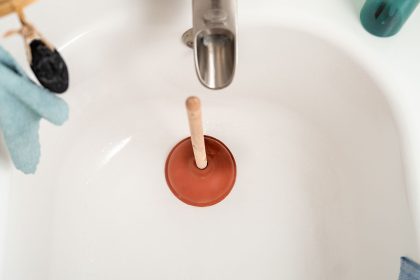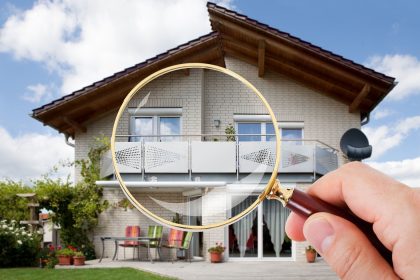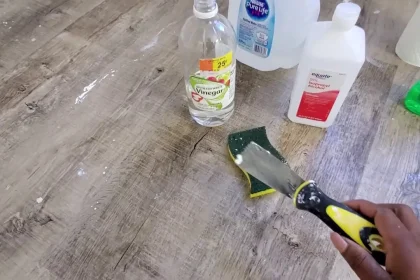The cost of a new roof in the UK can vary depending on various factors such as the size and complexity of the roof, the materials used, your location, and the specific requirements of the project. Additionally, prices may have changed since my knowledge cutoff in September 2021, so it’s always a good idea to obtain recent quotes from local roofing contractors.
As a rough estimate, a basic tiled roof for an average-sized UK home could cost anywhere between £3,000 and £7,000. However, if you opt for higher-end materials such as slate or clay tiles, the cost can increase significantly. These premium materials are more expensive, but they also tend to be more durable and aesthetically pleasing.
Keep in mind that the cost of the materials is only one aspect of the overall price. Labor costs, removal of the old roof (if necessary), scaffolding, and any additional work or repairs required can also contribute to the total cost.
To get an accurate estimate for your specific situation, it’s advisable to contact local roofing contractors and request quotes based on your requirements and the details of your property. They will be able to provide you with more precise information based on current market rates and the specifics of your project.
If I got a new roof how long would it last?
The lifespan of a new roof can vary depending on several factors, including the type of material used, the quality of installation, the local climate, and the level of maintenance and care provided. Here are some approximate lifespans for common roofing materials in the UK:
1. Asphalt shingles: On average, asphalt shingles can last between 15 and 30 years. However, the lifespan can be shorter in areas with extreme weather conditions.
2. Concrete or clay tiles: These materials are durable and can have a lifespan of 50 years or more with proper maintenance.
3. Slate: Slate roofs are known for their longevity and can last for 75 to 100 years or even longer.
4. Metal roofing: Metal roofs are highly durable and can last 40 to 70 years or more, depending on the specific material used.
It’s important to note that these are general estimates, and the actual lifespan of a roof can vary. Factors such as regular maintenance, exposure to harsh weather conditions, and the quality of installation can significantly impact the longevity of your roof.
To maximize the lifespan of your new roof, it’s crucial to have it installed by a professional roofing contractor, conduct regular inspections and maintenance, and address any issues promptly. Regular cleaning, gutter maintenance, and keeping the roof free from debris can also help extend its lifespan.
How do I know if I need a new roof?
There are several signs that can indicate the need for a new roof. Here are some common indicators to look out for:
1. Age: Consider the age of your current roof. Most roofs have an expected lifespan, and if your roof is approaching or exceeding that lifespan, it may be time for a replacement.
2. Leaks: If you notice water leaks or stains on your ceiling, it could be a sign that your roof is compromised. Leaks can occur due to damaged or deteriorated roofing materials.
3. Missing or damaged shingles: Inspect your roof for missing, cracked, curling, or otherwise damaged shingles. These issues can expose your roof to water infiltration and may require a replacement.
4. Granule loss: Check your gutters and downspouts for an accumulation of granules. If you find excessive granule loss from your shingles, it could indicate that they are reaching the end of their lifespan.
5. Sagging or drooping roof: A sagging roof is a serious issue that requires immediate attention. If you notice any areas of your roof sagging or drooping, it could mean structural problems that may necessitate a new roof.
6. Energy efficiency: If your energy bills have been consistently increasing, it could be a result of poor insulation or ventilation in your roof. Upgrading to a new, energy-efficient roofing system can help improve insulation and reduce energy costs.
7. Visible wear and tear: Take a close look at your roof’s overall condition. If you notice excessive wear, widespread damage, or signs of deterioration such as mold or moss growth, it may be time for a new roof.
If you’re unsure about the condition of your roof or if you suspect any issues, it’s advisable to consult with a professional roofing contractor. They can assess the state of your roof and provide expert advice on whether a replacement is necessary.




